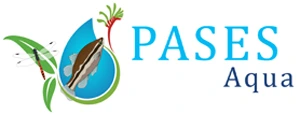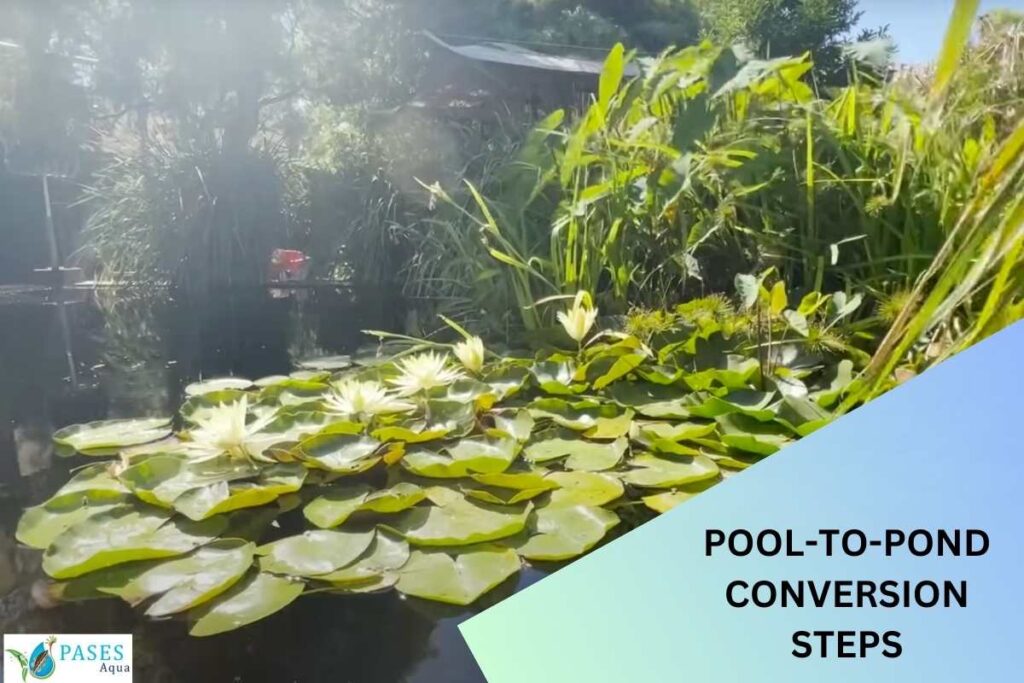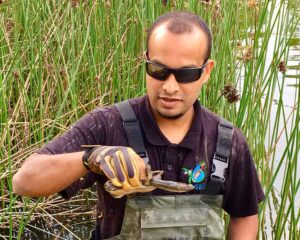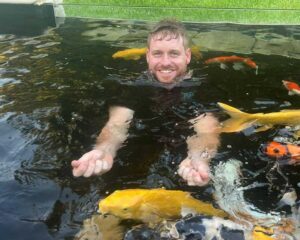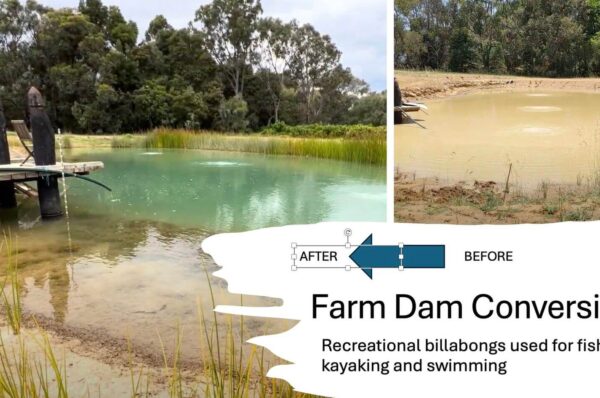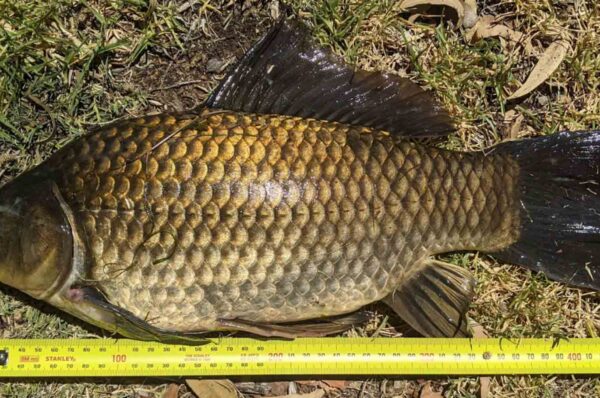Converting a swimming pool into a pond is an eco-friendly alternative that can bring a new level of natural beauty and biodiversity to your garden. This transformation involves ceasing pool chemicals, establishing aquatic plants, and ensuring a suitable environment for wildlife.
It’s not just about creating an attractive water feature; it’s about giving life to a self-sustaining ecosystem that can benefit local flora and fauna.
The conversion process varies depending on your pool type, but it generally requires several key steps and considerations to achieve a successful outcome.
Key Takeaways
- Pool-to-pond conversion encourages biodiversity and offers an eco-friendly garden feature.
- Ceasing chemical use and establishing extensive aquatic plant coverage are critical steps.
- Transparency of the water and plant coverage are indicators of a healthy pond ecosystem.
The transformation begins with stopping pool chemicals and switching off the pool’s mechanical systems.
The chlorine in chlorine pools naturally dissipates over time. Therefore, you may not need to drain if you only have chlorine. However, in saltwater pools you may need to drain and refill saltwater pools with fresh water, at least the bottom layers.
Next, establishing aquatic plants is vital, with recommendations suggesting up to 70% surface coverage to create a balanced, healthy pond environment.
These plants play multiple roles, from oxygenating the water to providing habitats for wildlife, and are central to the clarity and quality of your new pond.

Planning Your Pool to Pond Conversion
Converting a swimming pool into a pond is a significant project that requires a thorough assessment of the current pool structure, careful selection of plants and animals suited to the pond environment, and a solid understanding of the steps involved in the conversion process.
Assessing Your Existing Pool
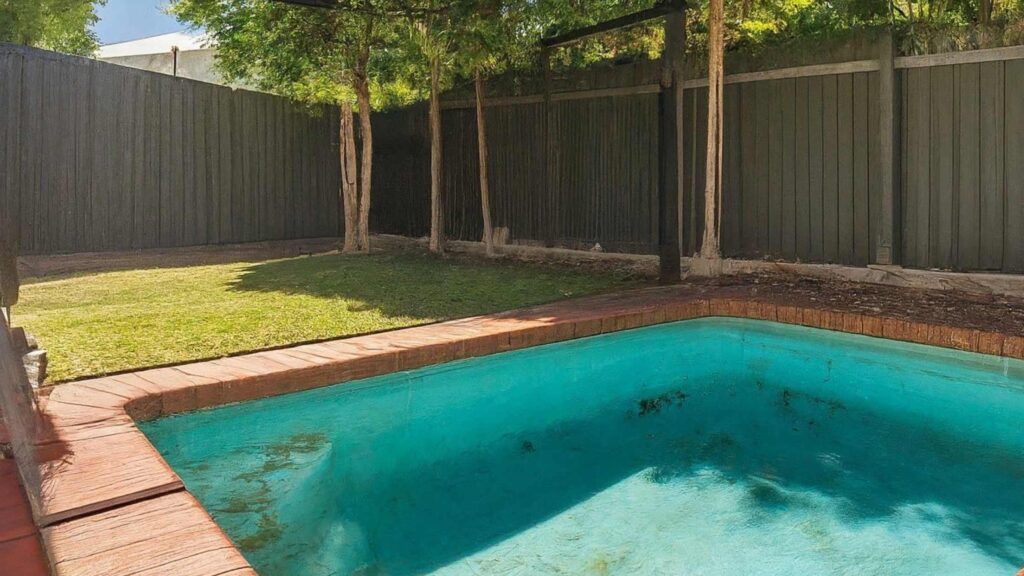
Before initiating the conversion, you must evaluate the swimming pool’s current condition. It is crucial to inspect for cracks or damages that could affect the pond’s integrity.
The pool’s size and depth will also determine the project’s complexity and cost, impacting the required quantity of materials, such as a pond liner.
Safety considerations should include devising methods for wildlife to enter and exit the pond safely.
Selecting Flora and Fauna
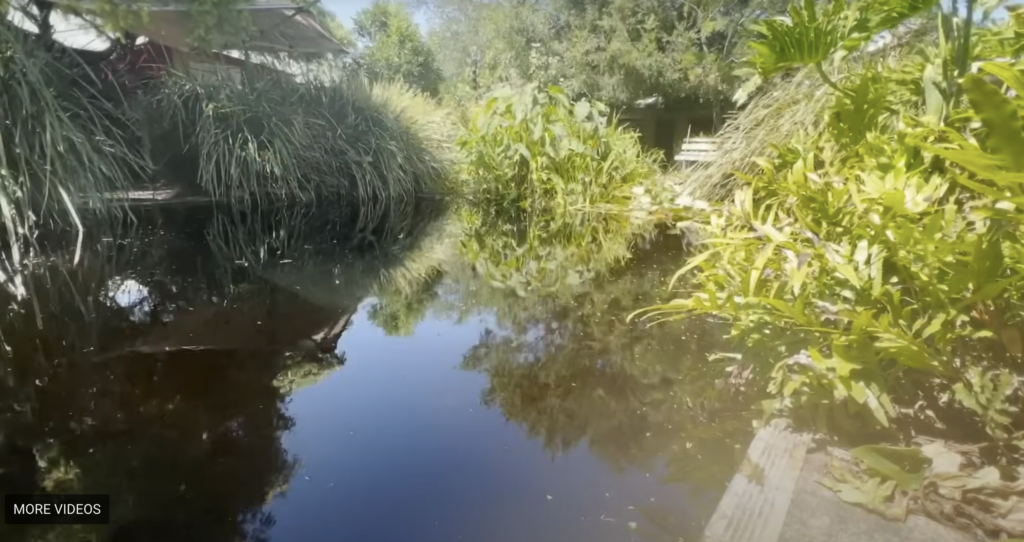
The selection of aquatic plants and native fish is essential for creating a balanced ecosystem.
Plants should cover around 70% of the water’s surface to ensure clear water and reduce algae growth.
It’s suggested that native species be integrated because they are well-suited to the local climate and can foster habitats for local wildlife.
Additionally, the presence of aquatic flora will facilitate natural filtration within the pond.
Understanding the Conversion Process
Transforming a pool into a pond takes time, typically around two summers, as the new ecosystem establishes itself.
The project’s budget should include costs for materials like pond liners, pond pumps, wetland filters, intake bays and specialized filtration systems, and the removal or repurposing of existing pool equipment.
Understanding regulations is key; one should ensure compliance with local council regulations regarding backyard ponds, especially those related to the safety and conservation of local ecosystems.
Executing the Conversion
Converting a swimming pool into a natural pond is a significant project that requires careful preparation and appropriate equipment selection. It is a process that transforms a conventional chlorinated pool into a vibrant, eco-friendly habitat for various aquatic life.
Preparing the Pool
Before converting your pool into a pond, you must cease using all chemicals.
Chlorine and salt levels must be adequately addressed: for chlorine pools, allow several days for the chlorine to dissipate; for saltwater pools, you may need to change the water to lower the salt concentration completely.
The filter and pump should be turned off, and the pool should be cleaned thoroughly. Remove any debris and ensure that the pool’s surface is free from algae and sediment.
Installing Essential Equipment
Install a filtration system designed for a pond environment, which generally includes a combination of a submersible pond pump and biological filters.
This will help maintain clear and healthy water by removing excess nutrients and promoting oxygenation, which is important for all aquatic life forms.
Adding Plants and Animals
Plants play a crucial role in establishing a natural ecosystem.
Aim for a plant coverage of around 70% to help oxygenate the water, absorb nutrients, and provide shelter for wildlife.
Introduce a variety of pond plants, such as water lilies and reeds, including both floating and marginal water plants.
Once the pond is balanced, consider adding fish, tadpoles, and other wildlife to enhance biodiversity.
Maintaining Your New Pond
Regular maintenance involves monitoring water quality, managing plant growth, and ensuring the cleanliness of filters.
Periodic pond cleaning is also needed to remove excess vegetation and prevent overgrowth of algae.
FAQs
These frequently asked questions address common concerns and provide clear guidance for those interested in converting their swimming pool into a natural pond.
What are the necessary steps to transform an inground pool into a pond?
Converting an inground pool into a pond involves several critical steps. Initially, you must cease using pool chemicals and switch off all pool equipment to allow chlorine to dissipate. For saltwater pools, the water usually needs to be replaced with fresh water.
After treating the water, you must create a suitable environment for pond life, which includes installing aquatic plants.
To improve water quality, you may want to introduce specialized pumps and filtration systems or methods (e.g. wetland filters, intake bays, UV sanitizers)
How much can I expect to spend converting my pool into a natural pond?
The cost of transforming a pool into a pond can vary significantly depending on the size of the pool, the materials used, and the need for professional assistance.
Expenses can include the cost of plants, pond liners if required, a new filtration system, and any landscaping changes.
What should I consider when turning my swimming pool into a habitat for fish?
When creating a fish-friendly pond from a swimming pool, the primary considerations include water quality, the introduction of beneficial bacteria, providing adequate cover and habitat structures for the fish, and ensuring the water temperature stays within a range suitable for the chosen fish species.
Is it possible to repurpose an unwanted swimming pool into a garden feature?
Absolutely. An unwanted swimming pool can be repurposed into a garden feature such as a pond, providing an aesthetic and environmentally beneficial element.
The process may involve waterproofing, planting aquatic and marginal plants, and adding features like rocks and waterfalls.
What are the best practices for transforming a swimming pool into a freshwater ecosystem?
Best practices for creating a freshwater ecosystem from a swimming pool include establishing a natural balance by introducing flora and fauna that support each other, installing a proper filtration system to maintain water clarity, and simulating a natural environment with rocks, substrates, and vegetation.
When converting a chlorine pool to a wildlife pond, how can I ensure a healthy transition?
To ensure a healthy transition from a chlorine pool to a wildlife pond, thoroughly eliminate all traces of chlorine and other chemicals. Then, slowly introduce plants and fish to establish a balanced ecosystem. Regularly monitor water quality to maintain a healthy pond environment for wildlife.
